In May and June 2023, I visited Hungary and Romania. A working holiday, the trip combined sustained periods of creative work undertaken during stays in two small towns – Vatra Dornei in Romania and Dombóvár in Hungary – with museum visits and sightseeing.
During the initial two days I visited the Hungarian National Gallery, seeing among other things an exhibition of works by the famous Hungarian painter Csontváry.
Leaving Budapest, Kit Kelen and I took a train to Esztergom, where we spent five days. The museum highlight there was the Danube Museum – Hungarian Museum of Water Administration and Environmental Protection. A brief walk across a bridge from Esztergom and you can be Slovakia. We spent a few hours there, visiting a famous Jewish cake shop we’d been alerted to by Hungarian friends.
Returning to the capital we boarded a plane to Romania’s capital, Bucharest, where we spent four days. An apartment in the old town on Calea Vittoriei afforded us a great view of the buzzing street-life below. From there it was an easy walk to most of the museums, of which there are an astonishing number. Luckily for us, most museums were open until late one night, with free entry and special events. At the National Museum of Romanian Literature, one of five museums devoted to literature, we saw an exhibition devoted to famous Romanian novelist and thinker Mircea Eliade, and enjoyed live folk music. Particularly impressive was the National Museum of Art , providing an historical overview of Romanian art. Further afield, housed in the enormous parliament complex, the National Museum of Contemporary Art was showing an impressive contemporary exhibition as well as one that interrogated former collecting policies – showing masses of work, mostly sculpture and textile works, normally consigned to the basement.
An eight-hour overnight journey brought us to Vatra Dornei, a small town in the Carpathian Mountains in Romania’s north, not far from the border with Ukraine. The town boasts a couple of ski slopes that still attract tourists in the winter, and in earlier times it was famous as a spa resort. Staying in one place for two weeks meant solid time at my desk and it was great to start working with visual ideas generated during the train trip and in the various new environments. It was easy to keep fit in Vatra Dornei, and make visual notes at the same time – a range of walks into farmland or forest were easily accessed, all of them uphill! I enjoyed Romanian food, the standout for me being mămăligă (a simple polenta dish).
Cultural highlights of the weeks in Vatra Dornei included getting to know Berlin-based French poet Laurence Barbasetti, visiting the Museum of Wood in Campulung, and attending a poetry reading in Suceava, at which Kit Kelen read from his newly published volume Swimming in the Storm (Romanian translation by Daniel Ionita and Adriana Paul). Another highlight was a day trip to the highest of the nearby peaks and seeing the amazing painted monasteries of Moldoviţa and Suceviţa.
From Vatra Dornei railway station, we set off to Cluj-Napoca, a city to the south west, full of stunning architecture. Highlights here included meetings with academic Anca Ursa, who took us to the fabulous Steam Punk Transylvania Museum, and poet and author Visky Andreas. While in Cluj we witnessed a huge demonstration of teachers, whose strike was already in its second week, and heard about the dismal pay and conditions they have been forced to endure.
A train trip to Oradea, two days later, brought us almost to the Hungarian border. It is a stunning city, famous for its art nouveau architecture. During a brief overnight stay there, we came across a cultural event in the square, complete with folk music and dance, and enjoyed a riverside walk.
Setting off back to Hungary, we headed for Dombóvár, a town south west of Budapest. Here we stayed for about three weeks, doing creative work most mornings and spending afternoons exploring the town and its rural surrounds. Visiting Pécs, a city about two hours away by train, we enjoyed the collection of Modern Hungarian Gallery and the Victor Vasarely Museum.
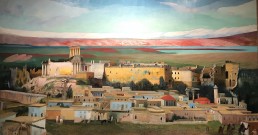





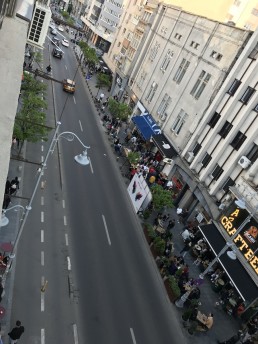
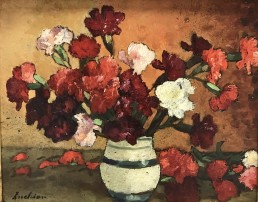


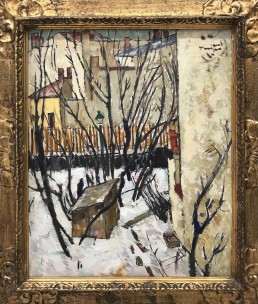



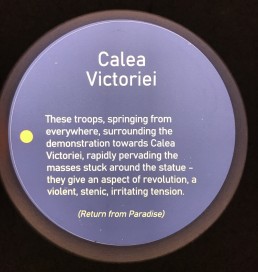




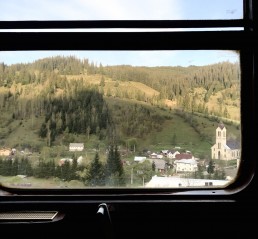

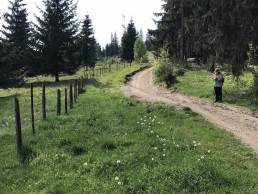
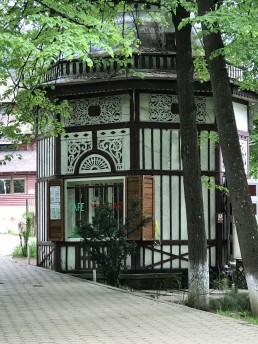

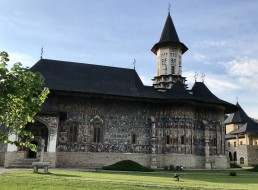



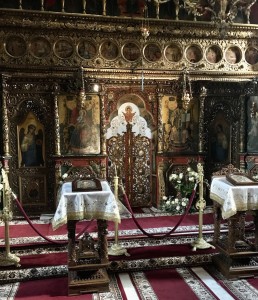

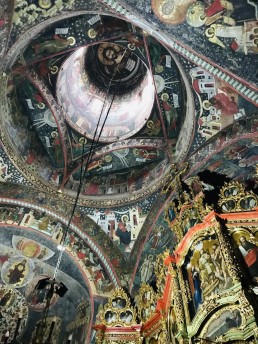

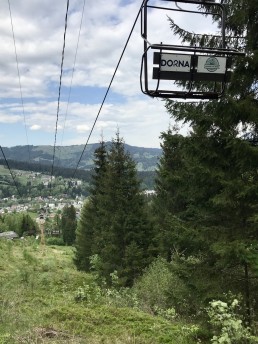
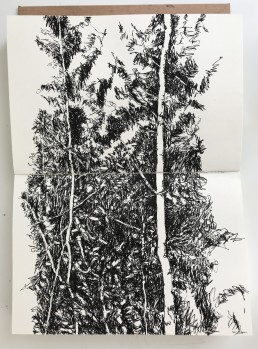

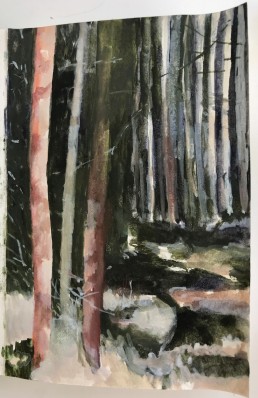

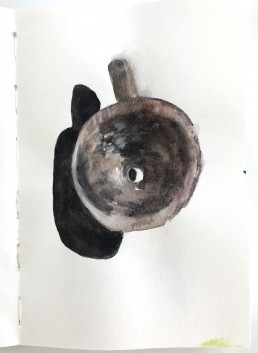



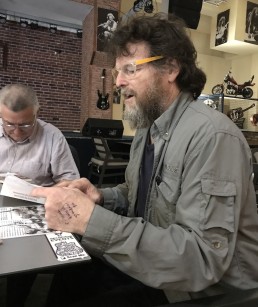



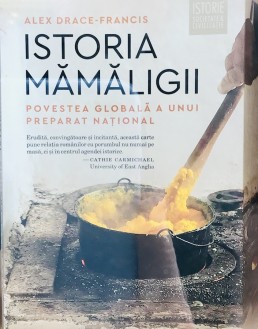
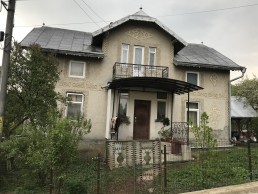
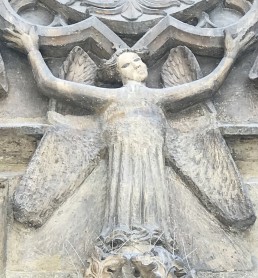




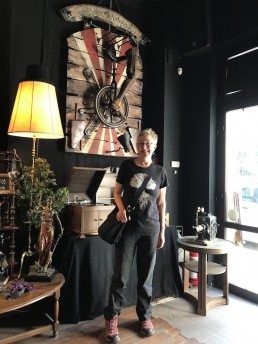

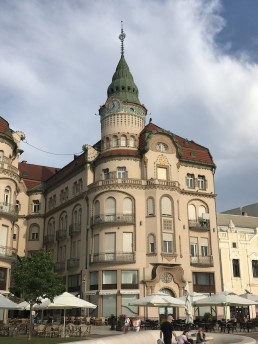



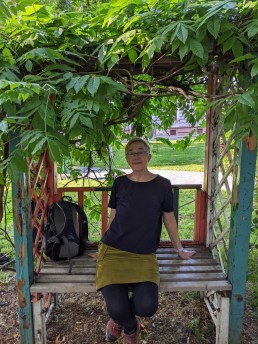
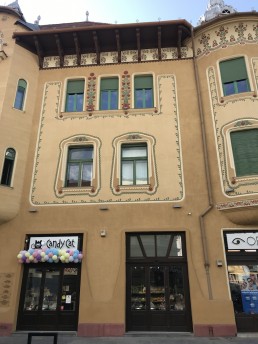





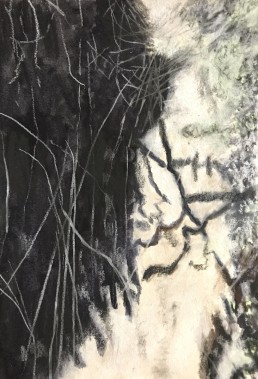
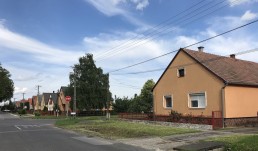


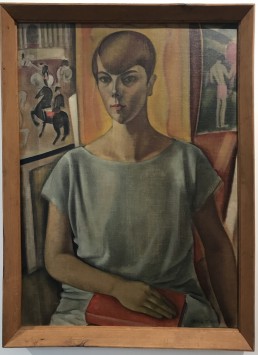
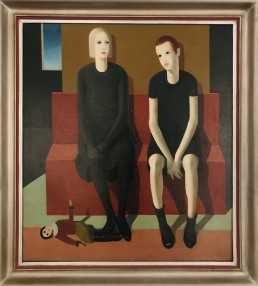

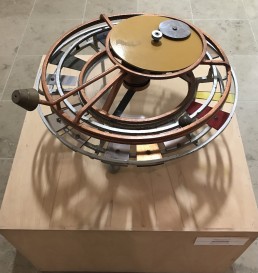
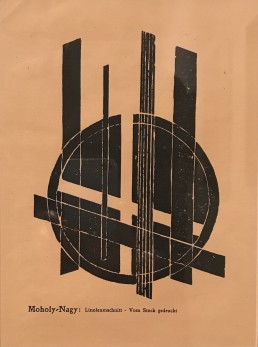
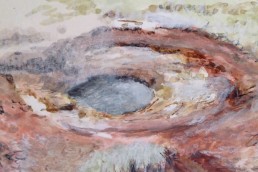
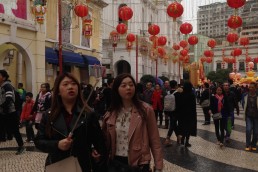
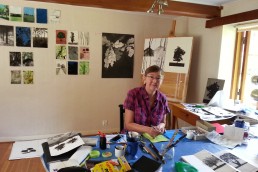
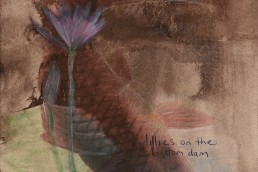
Beautiful photographs and inspirational art and landscape, Carol!